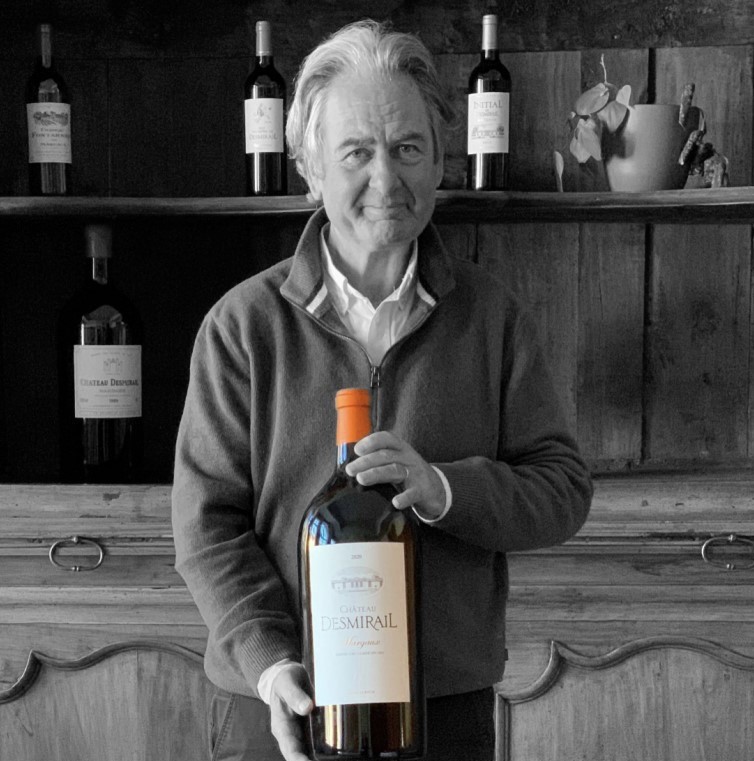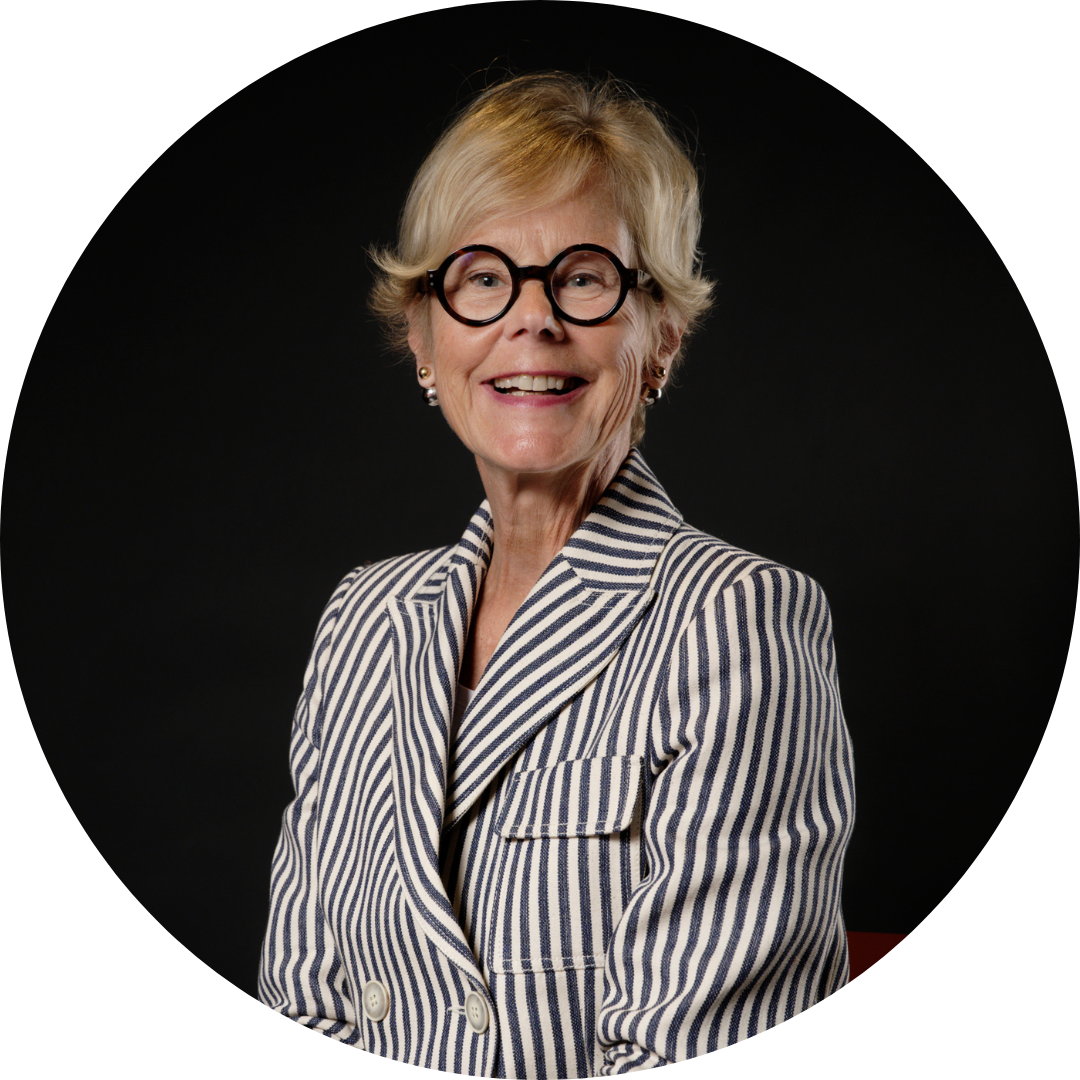Denis Lurton
Owner
Château DESMIRAIL
3ème Grand Cru Classé
MARGAUX
Denis Lurton is one of the children of Lucien Lurton, a prominent figure in the wine world who passed away in March 2023. Over the decades, Lucien Lurton built an exceptional portfolio of properties in the Médoc, Graves, Entre-deux-Mers, and Sauternais, driven by an almost obsessive quest for the best terroirs. A defender of minimalist winemaking to let the terroir fully express itself, he maintained this course despite trends and criticisms, particularly from the famous Robert Parker. His unique vision of wine, focused on elegance and “drinkability,” made him a precursor, and his approach is now praised by enthusiasts.
In the 1990s, Lucien began passing on his properties to his children: Gonzague took over Durfort-Vivens, Denis was entrusted with Desmirail, Bérénice and Brigitte inherited Climens, Marie-Laure took Tour de Bessan and Villegeorge, Sophie got Bouscaut, Louis took Haut-Nouchet, and Henri, with Thierry and Edwige, took Brane-Cantenac. After meeting Henri, now the sole owner of Brane-Cantenac, I went to Château Desmirail to speak with Denis Lurton and learn more about this estate and the discreet personality of its owner.
Presentation
Gerda: What are the main challenges you face in your profession?
Denis Lurton: My first challenge is the notoriety of Desmirail, followed by commercialization. Today, except for the top premiers crus, competition is fierce among other properties, which seem almost interchangeable. The Classified Growths, except for the First Growths and Super Seconds, are all on the same level. For example, the last Primeur campaign was reduced to a few key labels: about 25 châteaux did well. For our part, we sold a quarter of our production, just like in the previous campaign. Although we are on the margins of the Primeur market, we continue to offer our wines there.
The question is: how will this campaign evolve in the future? For estates like ours, which belong to the “second tier,” what will the strategy be? Should we set a price to stay present on the Primeur market, or move directly to the market of deliverable wines? We are clearly in a period of transition. The notoriety of Desmirail remains a central issue, and it’s a task I should have started before. Historically, Brane-Cantenac, our flagship, had strong recognition. In the 1970s, before Robert Parker’s arrival, it was one of the most renowned Super Seconds. On the other hand, the other chateau, like Desmirail, remained more in the shadows.
When I arrived at Desmirail in 1992, the commercial situation was fragile. We were linked to two negociants, one of whom stopped buying our wines, and I worked exclusively with the second one until 1997. Then, I opened our distribution network and brought in our family trading company to diversify our outlets. Today, we work with 40 negociants on the Place de Bordeaux. However, we lack strategic partners who can act as a driving force. Desmirail has good recognition in China, where it is known by the name “Dichemé,” a name highly appreciated in the country. This notoriety was strengthened by our participation in the Union des Grands Crus, which is particularly active in Asia. However, the slowdown in the Chinese market is affecting us today. We made the mistake of focusing too many efforts on this single market, at the expense of diversification. Outside of China, we have a more modest presence in France, the United States, and Europe. In 2013, for example, while the vintage was considered difficult in some markets, it was mostly sold in China, which helped mitigate the impact of this situation. But this dependence is now a weakness that we need to correct.
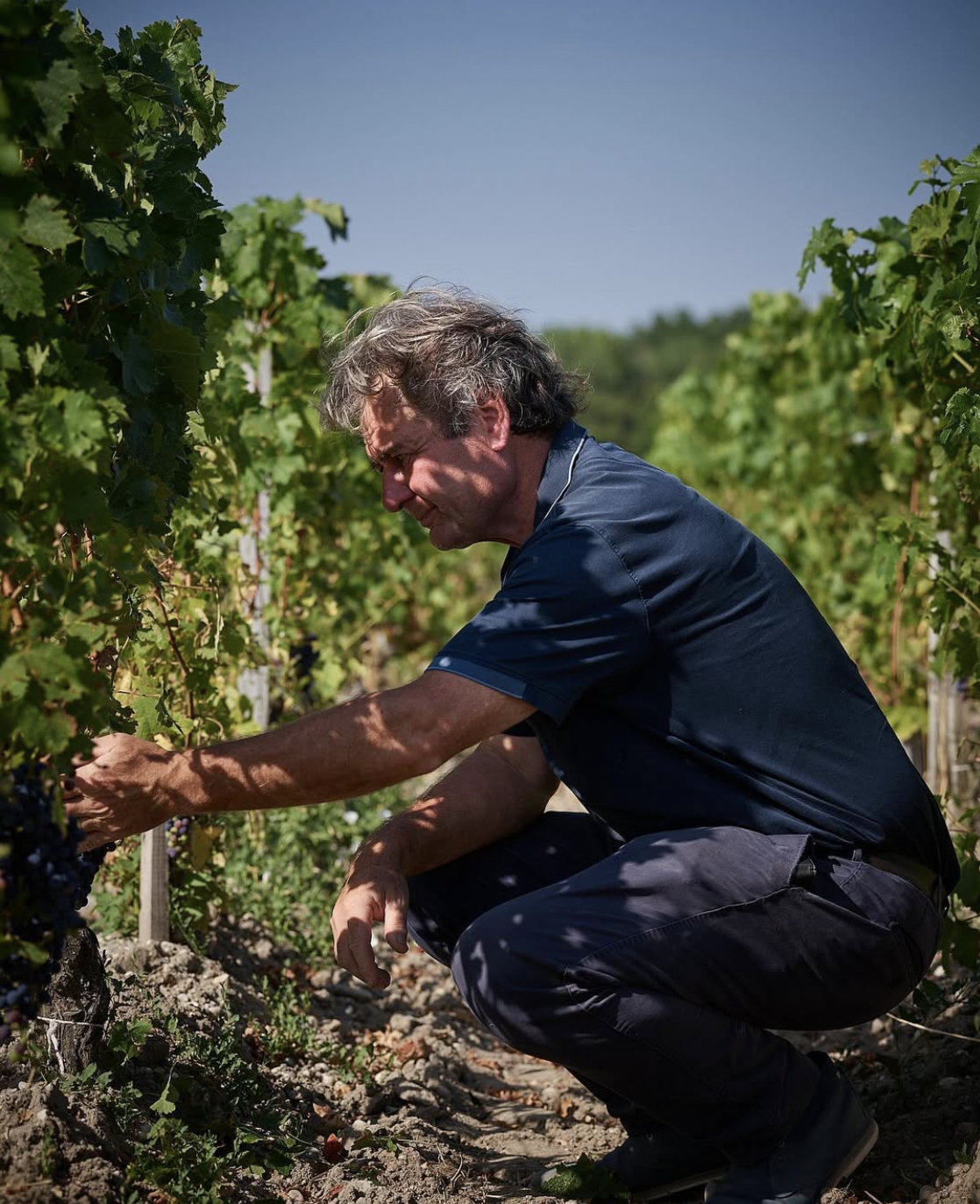
The challenge of climate change is another major issue. To address it, we have adjusted the planting density. When I arrived, it ranged between 6,600 and 7,000 vines per hectare. We have gradually increased it, now reaching 8,000 vines per hectare, and even 10,000 on certain plots. The goal is to maintain yields despite the effects of global warming. We have also increased the proportion of Petit Verdot, which now occupies one hectare. Although this grape variety is sensitive, particularly to the risk of rot before ripeness, the current conditions allow us to achieve very promising results. Recently, we also introduced Cabernet Franc, with the aim of further diversifying our vineyard planting.
G: Do you have any ideas to give more visibility to the Desmirail brand?
DL: I am working on developing communication around Desmirail with the help of Charlotte Larmanjat, as well as a press officer. The latter has helped me meet several journalists. For example, Michel Bettane recently gave a great endorsement by stating that the 2022 Desmirail is the best vintage ever produced at the estate. I am very proud of that. We are also active on social media, and with my wife, who owns a gallery in Bordeaux, I am exploring synergies between her artistic activity and communication for Desmirail. For the 2022 vintage, I acquired a piece of artwork from an artist exhibited in her gallery. For the past two years, we have organized an art exhibition in our winery during the summer. These initiatives create connections between her gallery and our estate. At the same time, I am also developing partnerships, especially with golf courses, to expand our visibility and reach new audiences.
G: What role does the Union des Grands Crus play for Château Desmirail?
DL: The Union primarily brings visibility. When I took over Desmirail in 1992, the estate was not very well known. I sought to join the Union des Grands Crus as soon as possible. This motivated me to create a reception room. Thanks to this room, we were able to host the Crus of the Margaux appellation in 2010, which strengthened our positioning. Today, thanks to the Union, Desmirail enjoys a certain level of recognition internationally and has a presence at major wine events.
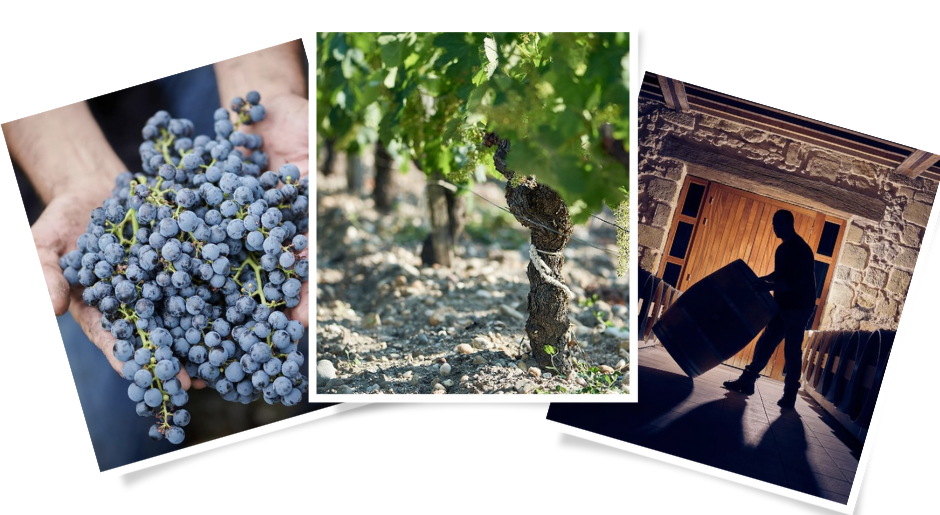
G: You were a lawyer and also attended a theater school. How does this experience help you feel more comfortable during your wine presentations?
DL: We were a large family of ten children, living isolated at Brane-Cantenac. Our mother taught us to read and write, so I didn’t attend kindergarten and went to school for the first time at 6 years old. We were all quite shy. Then, I had the chance to do theater at Tivoli, in Bordeaux, which opened me up a lot. I would have liked to pursue that path, but my law studies eventually led me to the profession of lawyer. My older brother and my mother’s father were both lawyers, so I thought, why not me? Little by little, I became a lawyer and practiced for three years.
I wasn’t always very comfortable putting clients at ease, but I loved pleading. For me, it was a form of theater: there’s a distance, a kind of screen between you and the audience, at the bar, just like on stage with the spotlight. This helped me overcome some of my shyness, but I knew it wasn’t my calling. My father had given each of us a small scholarship. I decided to use it to finance three years of theater in Paris, after leaving the bar. I had won the eloquence contest at the Bordeaux bar, and this experience confirmed my love for the French language, choosing words, and oral expression. These three years were very enriching, even though I realized that I didn’t have the talent to “sell myself” or stage others, which is essential in this profession. However, this training taught me a lot and continues to help me today, especially when presenting my wines, where it’s also about captivating and sharing a story.
G: Do you think the lack of promotion for Desmirail is an obstacle today?
DL: Yes, it is indeed one of Desmirail’s issues. When I arrived, I wasn’t aware of this. I thought that the most important thing was to focus on the vineyard and be a winemaker, like my father. At the time, I saw that as the absolute priority. In hindsight, I recognize that I could have, and should have, done more to promote Desmirail. I probably had the skills to do it, but I didn’t use them. I realized this a little late… but better late than never.
Today, I fully understand the importance of this work and am trying to tackle it seriously. That said, I don’t have regrets. I’ve been very involved elsewhere, especially in wine syndicates. I was President of the Federation of Agricultural Producers and, with my colleagues, we took over the CIVB (Interprofessional Council of Bordeaux Wines). I had a platform, but I didn’t use it to promote Desmirail. At the time, I thought the Union des Grands Crus would do that work for me. In hindsight, I think it was a mistake. This promotional work is now underway, but it remains the biggest challenge for Desmirail today.
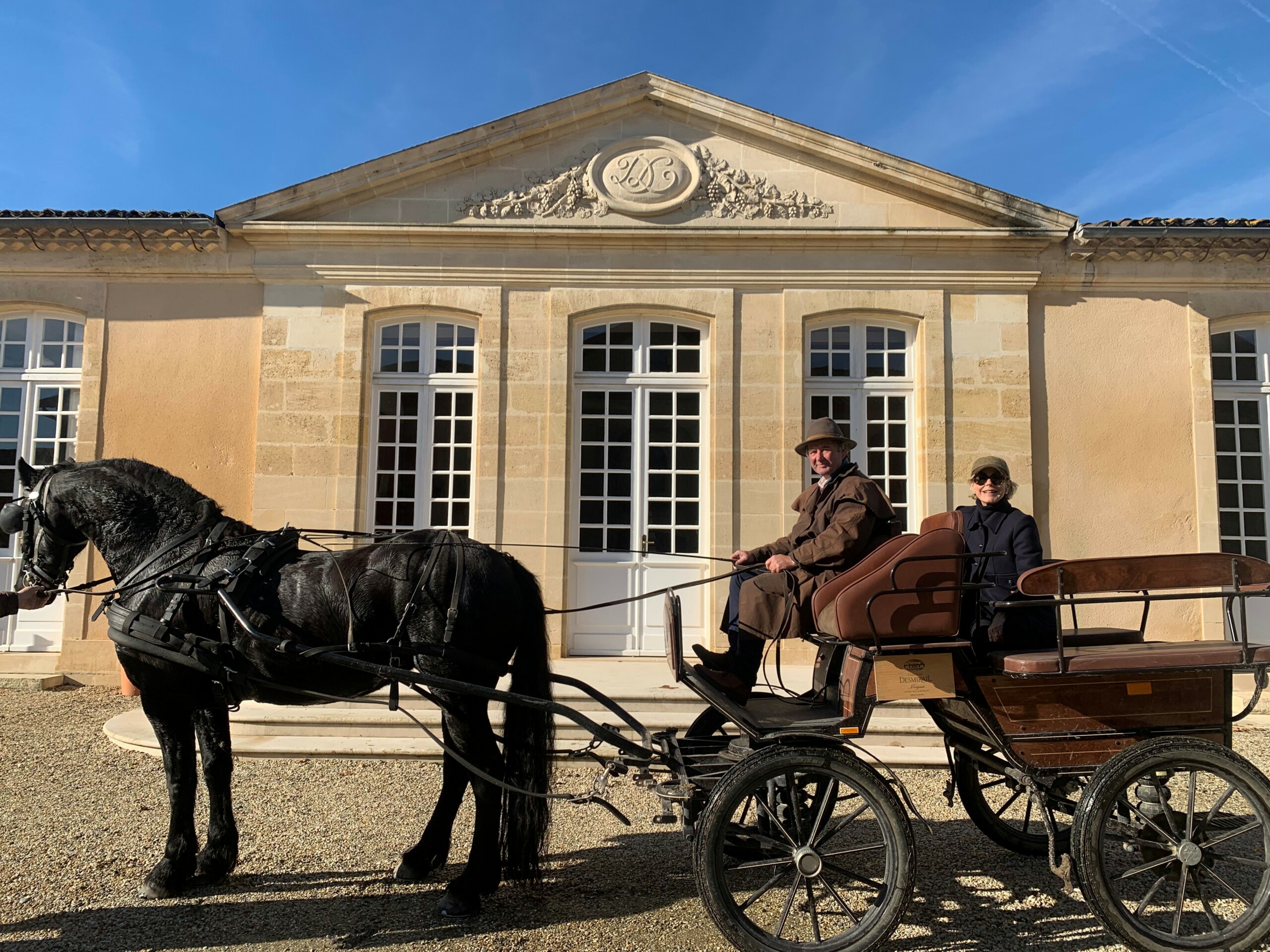
G: And what about wine tourism?
DL: We started developing wine tourism in 2012. We’re lucky enough to be located close to the D2, and I thought it was important to welcome visitors. Today, we welcome around 3,000 people a year. We prefer visitors who come by car, as they have a trunk in which they can take bottles. It’s a good way of promoting our business and also of giving Desmirail a positive image, especially when these enthusiasts talk about our wines. That said, we still have progress to make with the big groups, like our neighbor Kirwan, for example. This is perhaps an area where we need to work harder. But to do that, we’d have to expand and invest in works. At present, we have a permanent wine tourism manager, and in summer we hire two extra people to help us. We’re open every day, even on Sundays.
Harvest 2024
G: Could you share a memory from the 2024 harvest?
DL: The harvest began on September 25th, marking a return to a more traditional date after two early vintages. The low yields in Merlot, affected by downy mildew, will make the 2024 Desmirail an atypical vintage, dominated by Cabernet Sauvignon (60%), bringing us back to the blends of the 1990s. This vintage stands out for its beautiful balance and rich fruit.
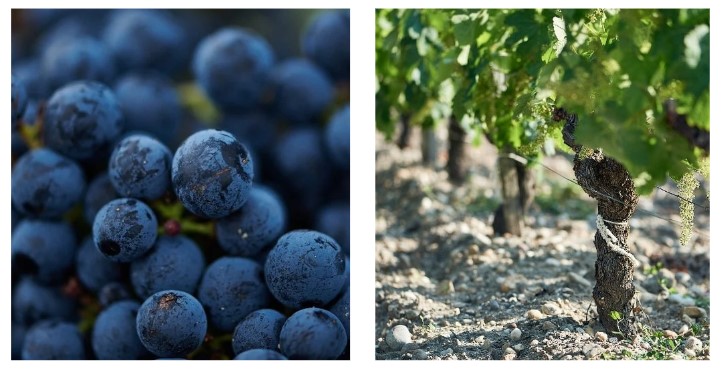
The Desmirail Brand
G: What positioning(s) would you like to see for your brand(s)?
DL: I’m a bit divided. My aim is to reach a certain level, without making it difficult for our French compatriots to access our wines. I’m not looking to be in the Top either, but rather to be recognized, without joining the league of the big names. My wish is for Desmirail to work well. First of all, we need a price that allows us to invest. I’d like the setter to be able to pass on an operational tool, preferably to one of my brothers. I have no intention of setting up a foundation in Switzerland. Right now, we’re at a crucial crossroads.
G: What makes your wines unique?
DL: In a way, they represent a marriage between the personalities of Don Quichotte and Sancho Panza, with Merlot predominating, bringing roundness, and Cabernet Sauvignon, complexity. Desmirail, like a famous Margalais, is very Merlot. It’s a choice, because today, people like to drink younger wines, not least because they don’t necessarily have the capacity to keep them. I feel a bit like a car dealer: it’s hard to say to customers “buy this car, but keep it in your garage for ten years before driving it”. My aim is to produce a wine that can be enjoyed young, yet still age well. It’s the terroir that makes this possible. For example, with the 2022 vintage, you can see that it can already be enjoyed, but it will also improve with time. Today, we live in a world where everything is immediate. People want to enjoy their purchase instantly. Desmirail is also the type of wine I like: round, supple, but with good ageing potential.
This has sometimes played tricks on it, particularly under the influence of Parker, who has left his mark on wines and minds. Some winemakers have chosen to follow this path, and I have nothing against it: it’s their choice to produce aperitif wines that Americans really appreciate. Desmirail, on the other hand, is a gastronomic wine. This distinction has sometimes unsettled tasters, who aren’t used to lighter wines. For me, what’s essential is the suppleness of the wine, much more than the tannic density.
G: What future projects are you currently working on?
DL: We’re working on cordon pruning for part of the vineyard, for both economic and technical reasons. The cordon has the advantage of distributing the harvest more evenly than a guyot. Indeed, with a double guyot, the shoots tend to lengthen, cross and sometimes pile up. The cordon, on the other hand, allows us to better direct the energy input and optimize working time.
It also enables us to recruit less technically qualified people, which is important because it’s becoming difficult to find experienced employees in this profession. Thanks to the cordon, we can better manage the vines by selecting the buds at the top and bottom, which improves work organization. All in all, this meets the criteria of efficiency, quality and profitability. The result is grapes that ripen well and evenly.
The Market Today & Tomorrow
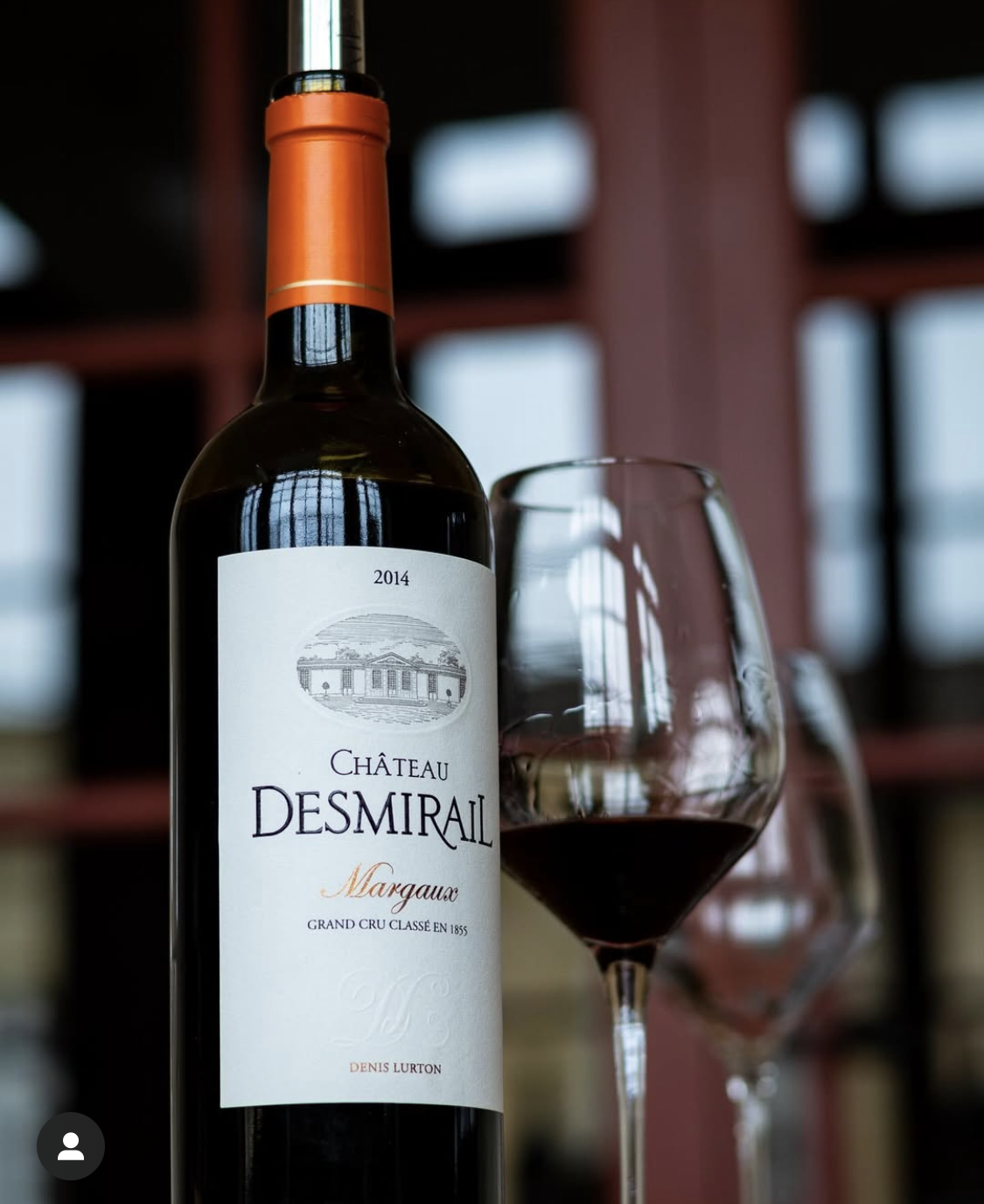
G: The French market is an important one for Desmirail, but what are your other priorities in terms of business development?
DL: We also aim to sell direct as much as possible. We have an on-site boutique and an online store. I work mainly with the Place de Bordeaux, but that’s not incompatible. It’s just that prices have to be consistent between the two channels.
In the past, I tended to sell older vintages, in line with wine shop prices. Today, given that I sell very little, if any, en Primeur, I’m not above offering more recent vintages. The advantage of working with La Place during a Primeur campaign is that we know volumes and prices in advance, and payment is made before bottling. But for my part, I’m in a situation where I have to learn to sell on an ongoing basis.
G: Have you already made a decision about the Primeurs 2024 campaign?
DL: I think we have to take part, because I don’t want to get out of this system, even if we don’t know exactly what the outcome will be. It’s still part of our standing to be there. But there are also other questions to consider: is the Primeur still a way for us to benchmark our prices? That’s the real question… It allows us to set a price. Up to and including the 2021 vintage, the campaigns have worked very well. I think it’s important to stay in this system; an empty chair is no good. We need to be present and visible in the market.
G: How do you assess the current market situation?
DL: It’s very worrying, especially if it lasts. But today, we don’t know. If it lasts 2 or 3 years, as some people have told me, how are we going to manage? We’re like ocean liners. We’re not in the same situation as the more basic Bordeaux or Médoc wines, without any pejorative connotation. They’re more faced with a problem of overproduction, because they’re stuck with wines in the same category, in a context of global overproduction. I think we have our place at our level, in luxury or quasi-luxury. The problem today is that distribution channels are saturated, because there was a time when money was priceless. Everyone has benefited from this situation, whether it’s the individual or the dealer. I tell myself that these stocks will eventually run out. And when they do, the market will come buying. But in the meantime, we’re going to have to hold out. And what’s going to happen during this period, especially when we have to manage a chateau with our own resources?
G: You’ve been traveling a lot for years. How do you see the consumer profile of our wines today, and how can we attract younger consumers?
DL: I don’t despair of young people. We saw this immediately after the Covid period: we had far fewer visitors, especially Asians, at our open houses. On the other hand, we welcomed quite a few young people. During Covid, there was an electroshock: “Am I waiting to live, or am I going to live now?” These young people said to themselves, “I’m not going to wait until I’m 45 to be financially settled and start enjoying life.” They decided to treat themselves to a good bottle now and then. I’d like the Union des Grands Crus to look more towards France to attract these young people. The Union has done very well by looking abroad, but in my opinion, we should also focus on the domestic market, and go to cities like Toulouse, Lyon, etc., to promote our wines.

G: The Union des Grands Crus organizes a Weekend des Grands Amateurs in Bordeaux …
DL: Yes, it’s an excellent initiative, but we also need to go elsewhere in France. Young people are ready to discover our wines, and more and more tasting groups are being formed among them.
It’s also important to innovate. For example, I created a blanc de noir in 2023, to be called La Perle de Desmirail, of which I have produced 3,000 bottles. This wine differs from a blanc de blanc in its roundness, with less acidity. It goes very well with seafood, fish, white meats and certain hard cheeses.
G: How do you see the relationship between us, the negociants and you?
DL: I’d like it to be closer. I’ve been telling negociants for years: send your sales teams to get to know Desmirail. We’re ready to welcome them, show them around the estate and let them taste several vintages.
G: The négociant can’t create the brand for you, it’s up to you to build it, and sometimes you have to invest before you see a return on your investment?
DL: I’m willing to listen, but I need the negociant’s help to know which markets to target. There’s real work to be done with the negociants’ sales teams, provided there’s a willingness to develop the brand together.
G: What do you think of the arrival of wines from outside Bordeaux on the Place?
DL: Competition can sometimes be beneficial. We’re often surprised to see whole streets where violin and guitar stores coexist, or several car dealerships. If you think about it, you might wonder what’s the point of being neighbors when they’re competitors. And yet, if that’s the case, it’s because everyone benefits.
Denis’ bottle of hearts
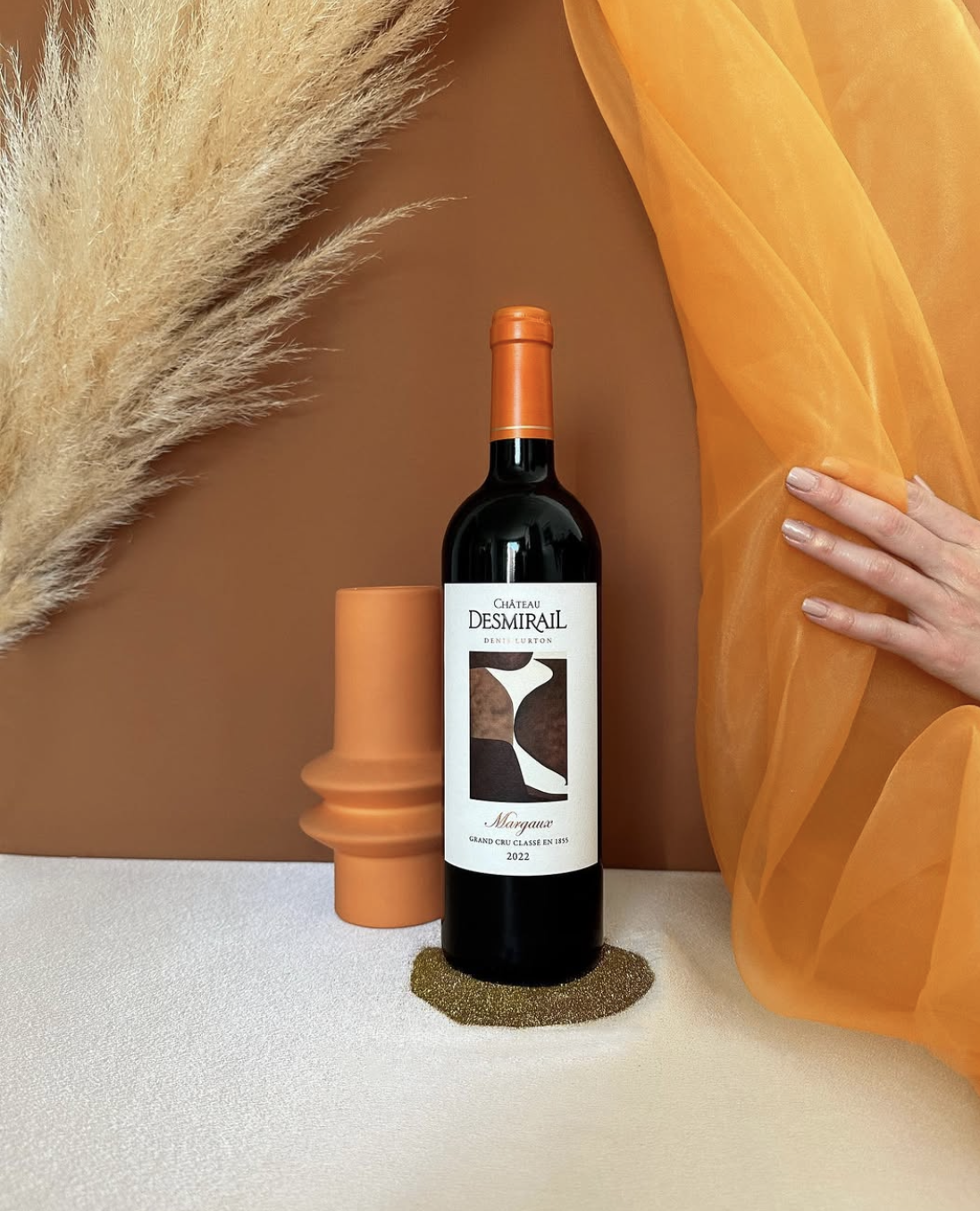
G: If you had just one favorite bottle?
DL: It would be the 2022 vintage of Château Desmirail. For me, this bottle represents an achievement. I arrived in 1992, and this vintage is like the “2” all over again, only much better! It has everything you need: balance, optimum ripeness… The 1961 was legendary, and I think the 2022 is on a par with the legendary 1945 and 1929. These are all exceptional vintages. I chose to decorate the label of the 2022 with an artist’s work, in collaboration with my wife who selected the artist and designed the label. Is this the end of a chapter? Perhaps it is. You also have to know how to pass the baton, accept that others will take over. I’ve been lucky enough to live a great adventure: my first job lasted three years, this one thirty-three. What could be more beautiful than human relationships? Being a winegrower is an opportunity; it’s a job that creates bonds. My father was convinced that this was the path for me. He was right, because I couldn’t have been a lawyer or an actor. I had qualities for each profession, but not all the qualities. As far as wine is concerned, I was lucky enough to have the Desmirail terroir express itself in my place. I don’t know if I’m ready to hand over, but I’m willing to do so. Passing on is essential, because the successor must be able to create in his turn. It’s terrible to arrive and find that everything has already been done. In that case, all that’s left to do is deconstruct and rebuild. At Desmirail, there are still some blank pages, but I hope to have left my mark. Then, someone else will write a new story.
Gerda BEZIADE has an incredible passion for wine, and possesses a perfect knowledge of Bordeaux acquired within prestigious wine merchants for 25 years. Gerda joins Roland Coiffe & Associés in order to bring you, through “Inside La PLACE” more information about the estate we sell.

